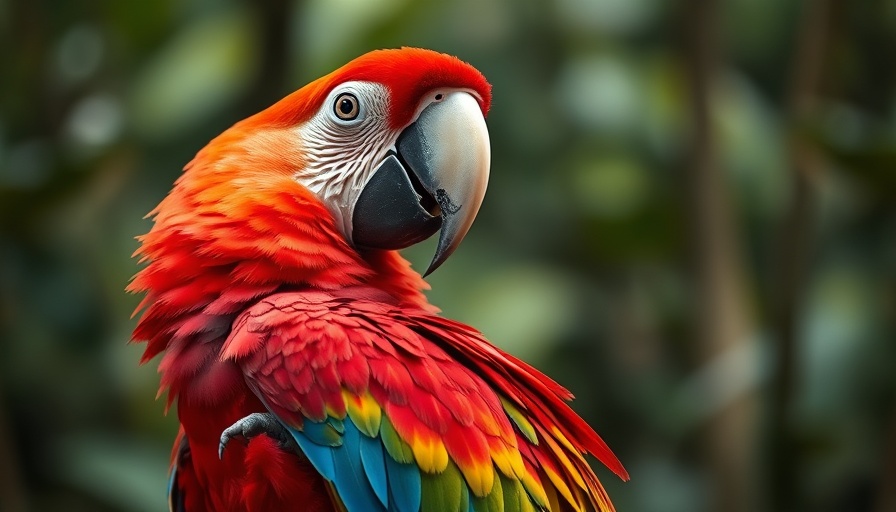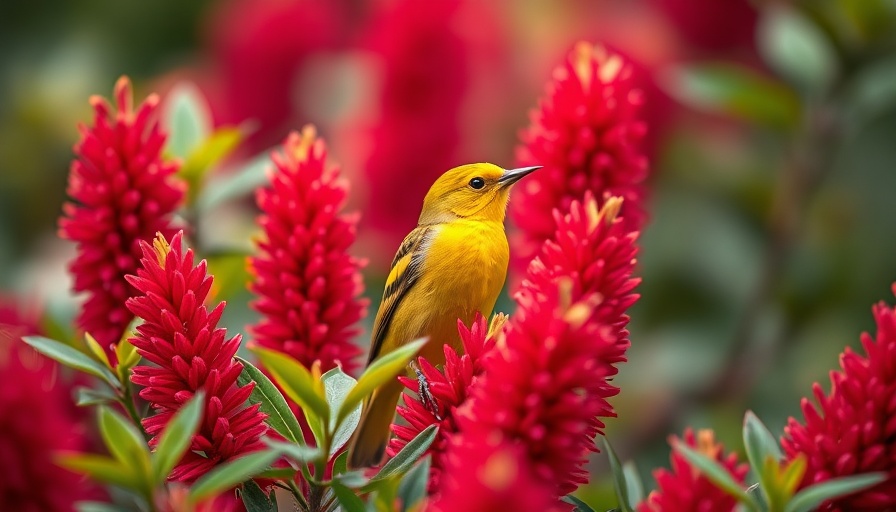
Reviving the Scarlet Macaw: A Historical Context
The Scarlet Macaw, known for its vibrant plumage and intelligence, once thrived in the forests of Mexico, Central America, and parts of South America. However, habitat loss, illegal trapping, and poaching have contributed to its drastic decline. Understanding the historical significance of these birds in Mexican culture and ecosystems provides crucial insights into the ongoing recovery efforts.
The Role of Conservationists
Conservationists across Mexico are implementing vital strategies to restore Scarlet Macaw populations. Organizations are working tirelessly on breeding programs, habitat restoration, and community education to foster coexistence between humans and wildlife. These initiatives not only focus on the macaws but also promote biodiversity within the ecosystem, ensuring a healthier environment.
Community Involvement: A Key Element
Local communities play a pivotal role in the recovery of the Scarlet Macaw population. By involving residents in conservation efforts, awareness is raised about the species' plight and its value to ecosystems. Education programs highlight the importance of biodiversity and empower communities to take action, creating a sense of ownership and responsibility towards local wildlife.
Challenges Ahead
Despite the positive strides, challenges remain. Continued habitat destruction and illegal wildlife trade pose significant threats to the resurgence of Scarlet Macaws. Conservationists must navigate these hurdles by advocating for policy changes and enforcing legal protections while engaging the public in conservation efforts.
Looking to the Future
The ongoing recovery of the Scarlet Macaw is a testament to the resilience of nature and human commitment. With continued support for conservation initiatives, incorporating local communities’ knowledge, and rigorous enforcement against illegal practices, there remains hope for this iconic species to flourish once more in its native habitats.
 Add Row
Add Row  Add
Add 




 Add Row
Add Row  Add
Add 

Write A Comment